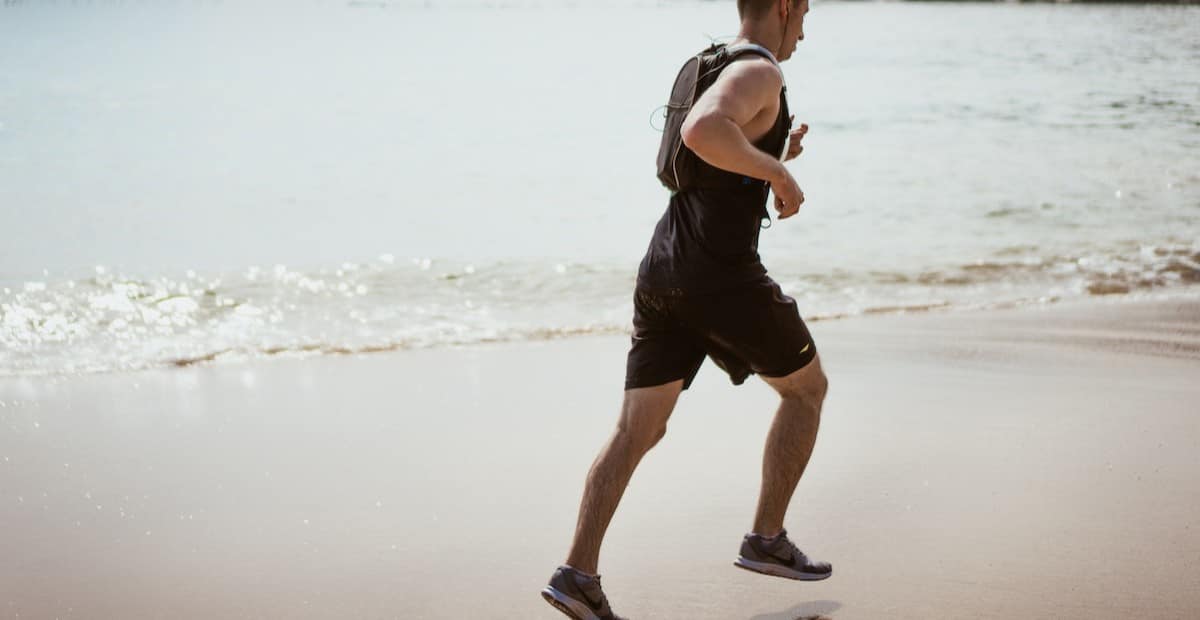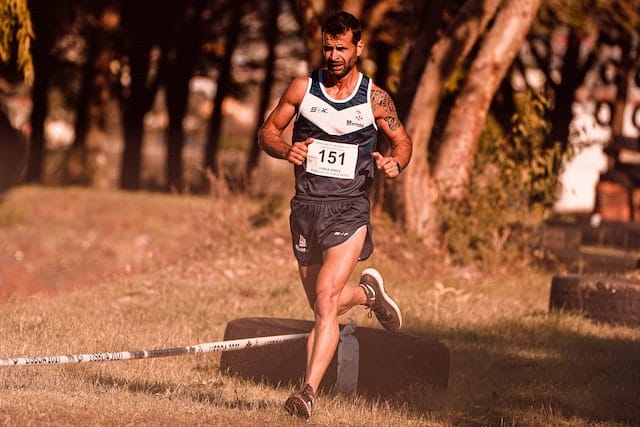
Contents
Running shoes, cross-train methods, race pace optimising – let’s use classic techniques to get fitter
We all want to get fitter. From machines to free weights, there are so many options to do so. With running pace training, half marathon training sessions, running form work, and more, you can’t really complain about limitations.
But simply getting fitter from running is as broad as the list of options that comprises the notion, so what should you be doing to progress?
Whether you’re an efficient runner already or a beginner with no concept of running technique and looking to lose weight, the approaches in this post will benefit you in one way or another. As always, it’s about learning first and applying second, instead of running head-on into the sea routine with no considerable results.
Let’s run through a short list of brief ideas that could have thorough impacts, and give you something else to add to your running routine or running schedule.


The run walk method
This approach is brilliant for beginner runners to get up and running. The walk-run method is a little self-explanatory, but it’s not just walking when you’re tired – it’s a precise incremental phasing approach, so make sure to get the measurements right.
Unlike a tempo run, it’s not about balancing challenge and ease. The walk-run approach lets you have regular muscle recovery time. This also feeds into your abilities over time so take this one on board.
Running form
Making sure that your technique is essential to better… well, anything. Whether you’re training for a half marathon or practising short sprints, if your body isn’t working right, then any work you put in the future could be wronged. Form isn’t just good to deter injury, though, it’s great for maximising performance too. Many runners fall down at this stage with even the slightest of odd body positions, or timing errors – that’s why form is so important – the tiniest of differences could be an injury or a whole minute off your time.
No matter your starting position, running speed needs to be backed up by correct form. While subjective, there are certain points of running form that have proven to be more efficient. Check them out here.
Routine check
Whether you run in a straight line, use laps around a small circuit or go for one big lap around your local park, routes are important. Experienced runners often run routes because it helps them to check their performance; they know how far they’ve gone and can compare their former runs more easily. And you can do exactly the same. Speed play, cross training, hey even a spring marathon – routine helps to substantiate your familiarity with all of these methods.
Conclusion
Be it hill training or tempo runs, there’s always the right bit of info to learn that helps enhance your fitness lifestyle. Becoming a better runner will always improve your physical game and your mental game, but learning to do so is what’s so empowering – the knowledge you can apply now will change your future.
FAQs
What’s delayed onset muscle soreness?
Delayed onset muscle soreness (DOMS) is a familiar experience for the elite or novice athlete. Symptoms can range from muscle tenderness to severe debilitating pain.